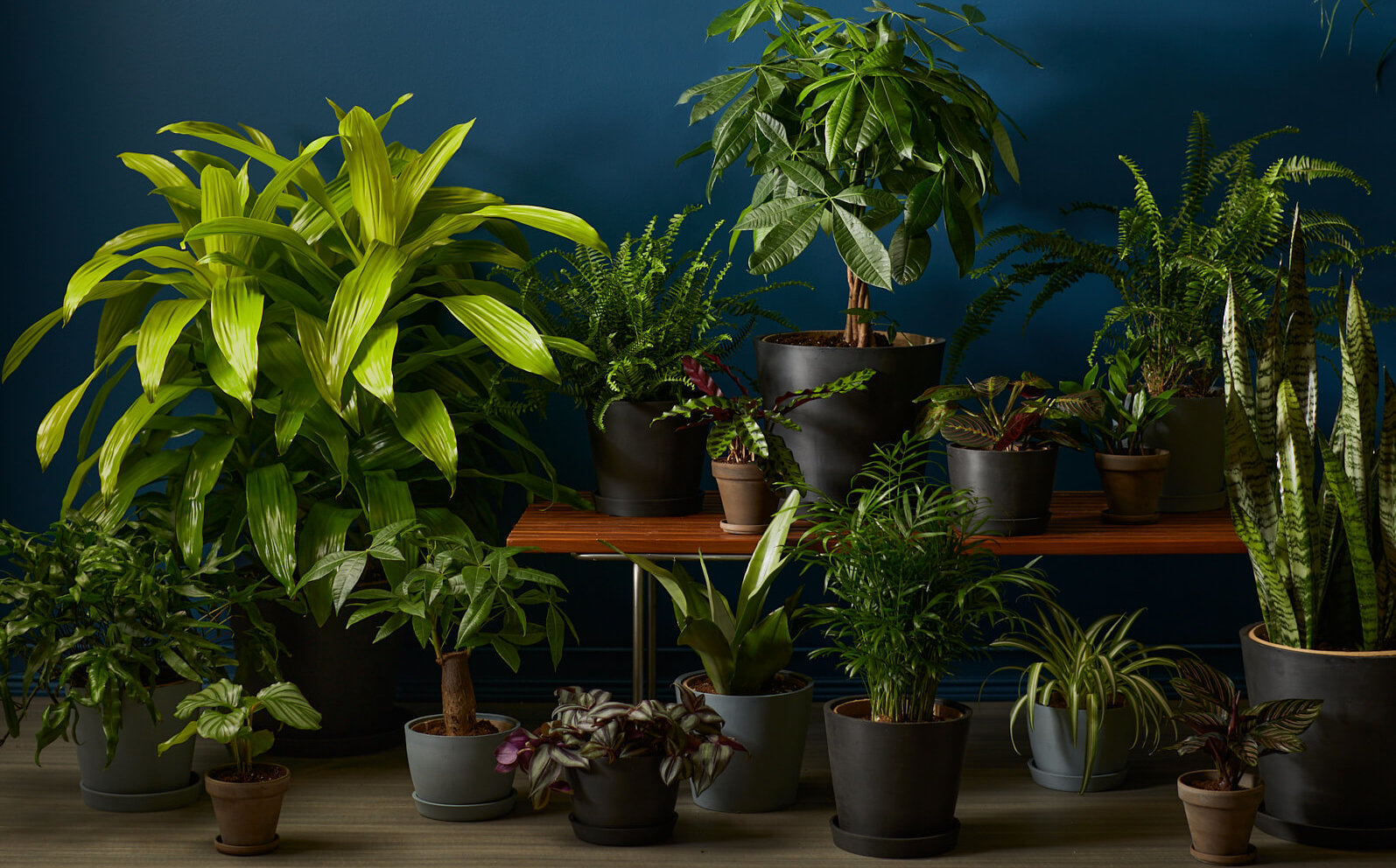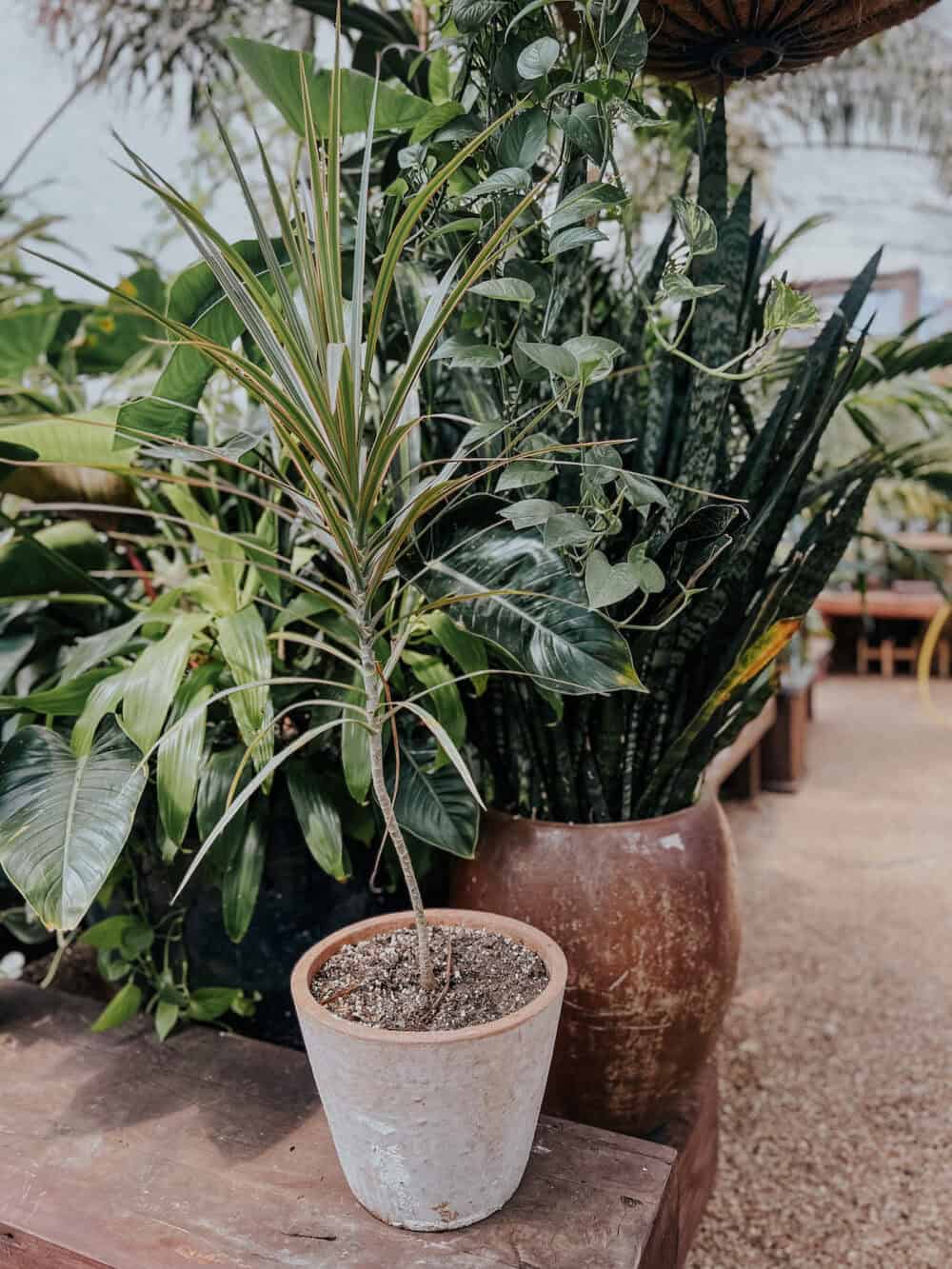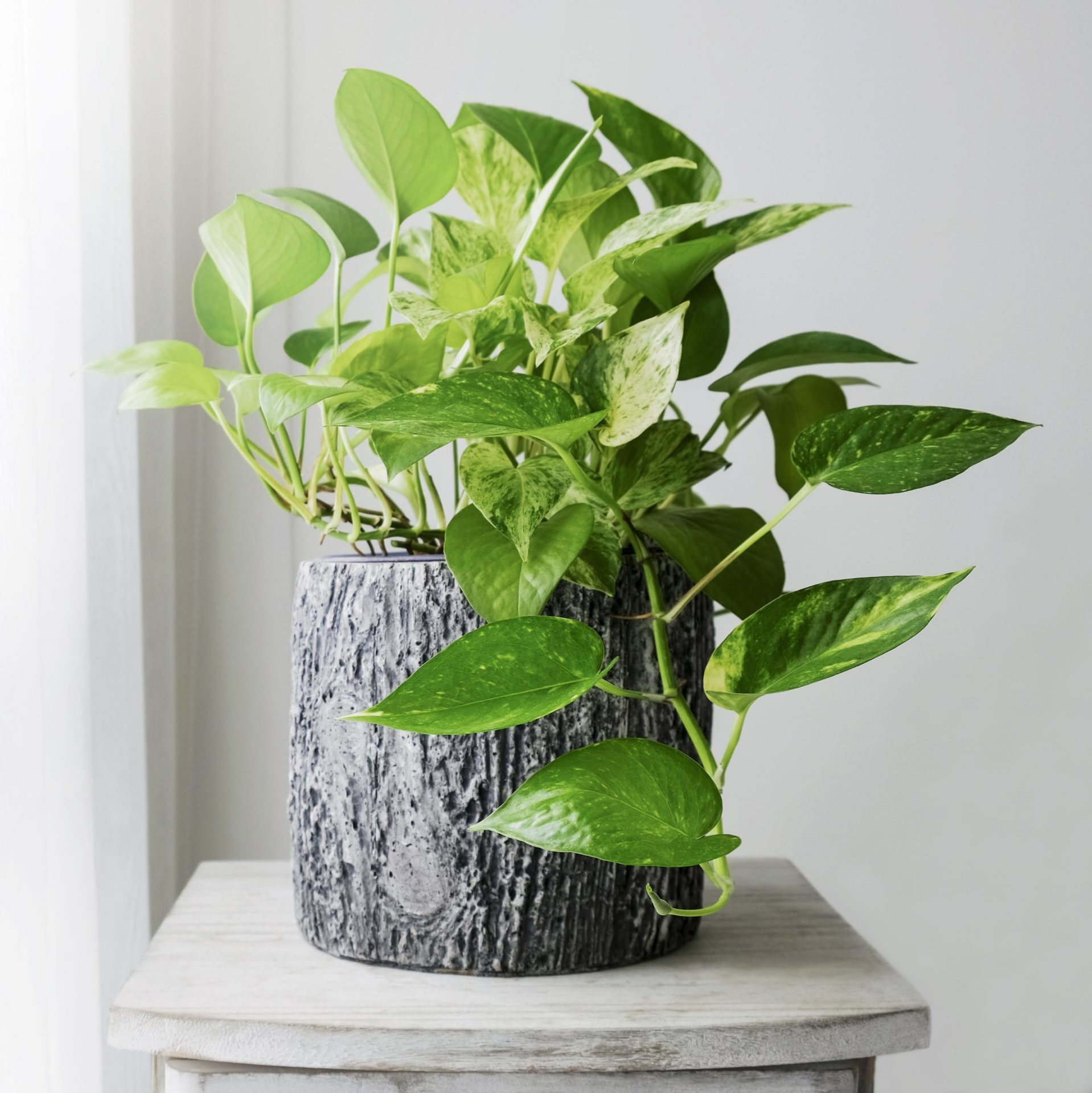Transform Your Home With Beautiful Low-Light Indoor Plants and Their Advantages
Integrating low-light interior plants right into your home can substantially enhance both the visual and ecological high quality of your space. These plants, which thrive in dark conditions, serve not just as decorative aspects yet likewise as all-natural air purifiers, making them ideal for metropolitan dwellers or those with minimal sunlight exposure. As we explore the various kinds of low-light plants and their advantages, you may find shocking means to integrate them into your home that can change your environments in ways you might not have actually expected.
Benefits of Low-Light Plants
Low-light plants use various advantages for indoor settings, making them an outstanding selection for both amateur and knowledgeable gardeners. Among the primary benefits is their flexibility to low-light problems, enabling individuals to boost their home without the requirement for extensive sunlight exposure. This particular makes them optimal for houses, workplaces, and other locations with limited all-natural light.

Additionally, including low-light plants right into home décor can elevate the aesthetic appeal of a space. Their lush vegetation and differed appearances develop a soothing atmosphere, adding to overall health. Last but not least, the visibility of plant has actually been linked to decreased tension degrees and improved productivity, making low-light plants a sensible selection for improving both physical and psychological health in interior setups.
Top Low-Light Indoor Plants
While several indoor plants thrive in brilliant light, numerous types are particularly appropriate for low-light conditions, making them excellent for different indoor spaces. One preferred selection is the Serpent Plant (Sansevieria), recognized for its striking upright fallen leaves and durability, calling for minimal care. Another outstanding option is the Pothos (Epipremnum aureum), which includes heart-shaped leaves and can trail perfectly from racks or hangers, thriving in reduced light and including a lavish touch.
The ZZ Plant (Zamioculcas zamiifolia) is commemorated for its glossy fallen leaves and capability to endure neglect, making it perfect for hectic lifestyles. Similarly, the Tranquility Lily (Spathiphyllum) not just tolerates reduced light yet also produces magnificent white blossoms, enhancing any type of space's visual.
For a distinct touch, consider the Cast Iron Plant (Aspidistra elatior), which undoubtedly measures up to its name, growing in the darkest edges of your home. The Chinese Evergreen (Aglaonema) offers a range of fallen leave patterns and shades while being remarkably flexible in low-light conditions. These plants not just beautify indoor atmospheres but likewise add to air purification, boosting your space.
Care Tips for Low-Light Plants

Sprinkling techniques are essential; these plants usually favor slightly dry conditions. Overwatering can cause root rot, so guarantee that the leading inch of soil is dry before sprinkling again. Usage pots with water drainage holes to permit excess dampness to get away.
Humidity is another vital variable. Several low-light plants, such as brushes and peace lilies, advantage from greater moisture levels. To boost humidity, take into consideration misting the leaves or positioning a tray of water near the plants.
Fertilizing ought to be come close to with caution. During the growing season, utilize a websites thinned down, well balanced fluid plant food monthly to support growth, however prevent feeding throughout the inactive winter months.

Imaginative Ways to Show Plants
Interior plants can act as exciting prime focus in any space, boosting both aesthetic charm and ambiance. Creative displays can boost the visual effect of low-light plants, making them an essential part of your home style. One efficient method is to make use of tiered plant stands, which allow you to display numerous plants at varying elevations while making best use of floor room.
Hanging planters are another cutting-edge choice, creating a feeling of deepness and drawing the eye up. Take into consideration macramé wall mounts or wall-mounted shelves to present an unique appearance and design.
For a much more structured strategy, usage geometric terrariums or glass containers to house your plants, adding a modern-day touch to your interior garden. You can additionally repurpose classic items, such as teacups or wood dog crates, for an eclectic display that reflects your individuality.
Enhancing Home Atmosphere With Plants
Integrating low-light plants right into your home not only boosts visual appeal but likewise contributes considerably to the total atmosphere. These plants work as all-natural decoration elements, presenting a sense of harmony that can transform any kind of room. The visibility of plant fosters a relaxing atmosphere, which is specifically helpful in high-stress environments such as office or living spaces.
Low-light plants, such as serpent plants, pothos, and ZZ plants, are not only cosmetically pleasing but likewise improve indoor air top quality by filtering pollutants. This twin function improves the setting further, producing a much healthier living space (Best low-light indoor plants). The tactical placement of these plants can also influence the perception of room; as an example, high plants can draw the eye upwards, making ceilings appear higher and spaces more roomy
In addition, varying textures and colors of vegetation include deepness to indoor design, enabling read review for innovative expression in home designing. Whether positioned on racks, in edges, or as centerpieces, low-light plants can elevate the mood of any type of area. click here now In recap, including these plants right into your home is a reliable way to promote a warm, inviting environment while gaining the advantages of boosted air quality and aesthetic convenience.
Conclusion
Including low-light interior plants right into home atmospheres provides many benefits, including enhanced visual allure and enhanced air high quality. These resilient plants, such as the Serpent Plant and Tranquility Lily, need very little light and maintenance, making them ideal for varied lifestyles.
While many interior plants prosper in brilliant light, a number of types are particularly well-suited for low-light conditions, making them excellent for numerous indoor areas. One effective method is to use tiered plant stands, which permit you to display numerous plants at varying elevations while optimizing flooring room.
Low-light plants, such as snake plants, pothos, and ZZ plants, are not only cosmetically pleasing but also enhance interior air high quality by filtering pollutants. Best low-light indoor plants. The strategic placement of these plants can additionally affect the perception of area; for circumstances, tall plants can draw the eye up, making ceilings show up higher and spaces extra roomy
These resistant plants, such as the Snake Plant and Peace Lily, need very little light and upkeep, making them suitable for varied way of livings.